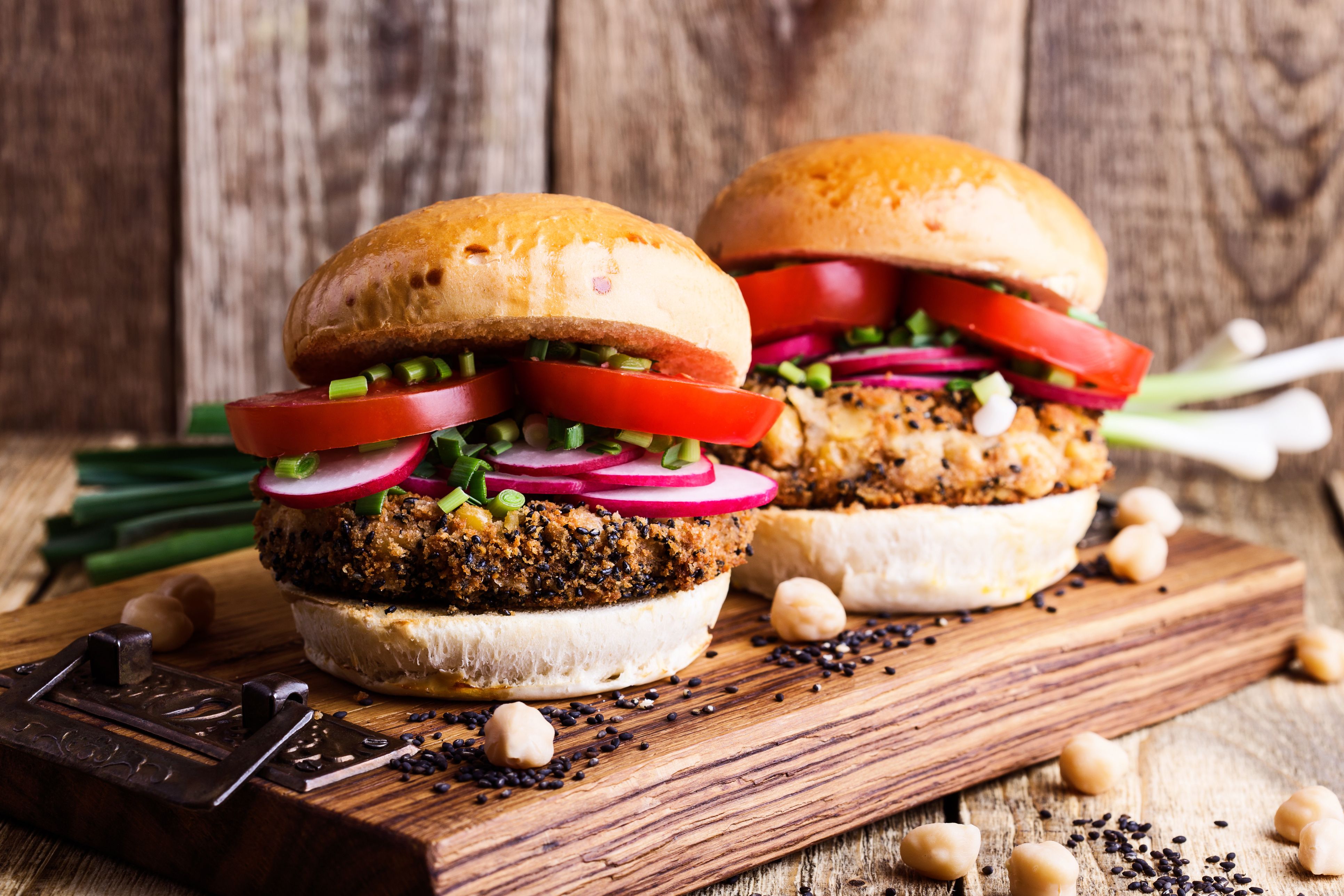
If you’ve ever perused the meat alternatives section of the grocery store, chances are you’ve stumbled upon seitan.
While it may look like tofu’s sadder cousin (think: beige, amorphous), seitan actually tastes eerily like meat, and can be used to mimic the taste of anything from pork sausage on your pizza to chicken in your stir fry.
So yes, this vegan meat substitute is shockingly versatile—but is seitan actually good for you?
First of all: What is seitan?
While seitan is often confused with tofu or tempeh, it’s pretty different. Unlike tofu or tempeh, which are made from soybeans, seitan is made of gluten, the protein found in wheat after all of the dough particles have been removed, says Amy Shapiro, RD and founder of Real Nutrition.
Just FYI: Seitan can also show up on ingredient lists as “vital wheat gluten”—but that’s basically just another nickname for the same product.
https://www.instagram.com/p/BwdblehAG8I/
A post shared by This is Luke he’s a vegan (@hes.a.vegan) on
Seitan is a really solid meat alternative (and, tbh, they’re not all created equal). “It has a good texture and is often used to create vegan ‘meat’-like products including Tofurky,” says Shapiro. It blends well with other flavors, and is a pretty great introduction to vegan meat substitutes for the newly initiated, or tofu-averse.
Is seitan actually nutritious?
Seitan is high in protein and low in calories, according to Shapiro. But you shouldn’t rely on seitan alone to meet your protein needs, since it doesn’t contain all the essential amino acids you’d normally find in animal protein, she says. To score a protein hit equivalent to what you’d get chowing down on a chicken sandwich, you’ll have to pair seitan with other plant-based protein sources like grains, beans, and nuts.
Here’s a complete breakdown of seitan’s nutrition per half-cup serving, according to the USDA:
- Calories: 240
- Fat: 1 g
- Saturated Fat: 0 g
- Carbohydrates: 8 g
- Fiber: 2 g
- Sugar: 0 g
- Protein: 46 g
- Sodium: 0 mg
It also contains approximately 20 percent of your recommended daily allowance for iron, as well as trace amounts of calcium.
Should you eat it?
Shapiro says she would recommend seitan to vegan and vegetarian clients who are able to tolerate gluten, and those who are unable to tolerate soy or have an allergy. But don’t just grab the first brand you see on shelves. ”I recommend buying the least processed source you can find,” says Shapiro.
Here are some Shapiro-approved seitan products worth trying for dinner tonight:

To prevent discoloration, certain brands might also contain preservatives like sulphites, which may lead to side effects like dermatitis or diarrhea and in some individuals, according to the journal Gastroenterology and Hepatology.
And, to reiterate, you should definitely steer clear of seitan if you have an intolerance or allergy to gluten.
What’s the best way to prepare seitan?
Luckily, it’s really hard to mess up seitan, so feel free to get creative in the kitchen. Shapiro says it works great anywhere you would normally use meat. Sauté it in a stir fry, bake it like a pork loin, use it instead of deli meat in a sandwich, add it to salads in the same way you’d use grilled chicken, or shred it into tacos. However you choose to prep it, the results will be…dare I say…heavenly.
Source: Read Full Article